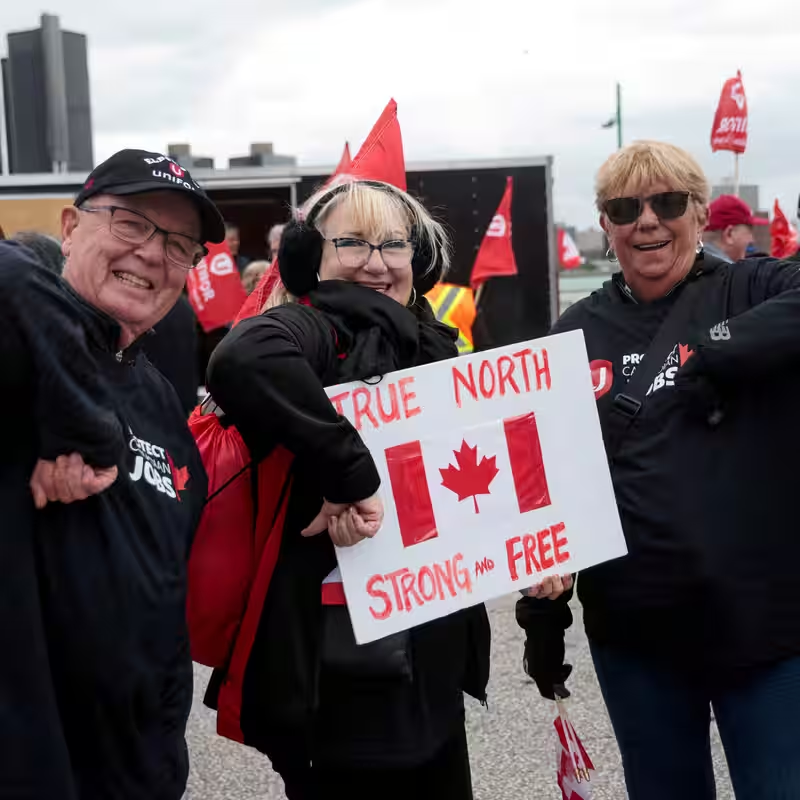For a country known for its politeness, vast landscapes, and maple syrup, Canada has long wrestled with a surprisingly deep question: What are we, anyway? A bold new anthology, Elbows Up! What Is Canada?, edited by Noah Richler, throws that very question into the ring—inviting some of the nation’s most iconic voices to grapple with Canadian identity in the 21st century.
The Canada identity debate isn’t new, but in an era of global uncertainty, climate anxiety, and shifting national narratives, it’s never felt more urgent—or more personal.
Why “Elbows Up!” Now?
The title itself is a playful nod to Canadian humility. “Elbows up” suggests a call to stop being so reserved, to lean in, speak up, and claim space—both literally and metaphorically. As editor Noah Richler explains, the book emerged from a sense that Canada’s chronic self-doubt might be holding it back .
“We’ve spent so long apologizing for existing that we’ve forgotten what makes us worth celebrating,” Richler told The New York Times .
Voices from Every Corner of the Nation
The anthology features over 30 contributors, including literary giant Margaret Atwood, Indigenous leader Jody Wilson-Raybould, musician Tanya Tagaq, and hockey legend Ken Dryden. Their essays don’t offer a single answer to “What is Canada?”—instead, they present a mosaic of contradictions, hopes, regrets, and fierce pride.
Margaret Atwood reflects on Canada’s “survival mindset”—a legacy of harsh winters and colonial history that shaped a culture of caution. Meanwhile, Tanya Tagaq challenges romanticized notions of the North, insisting that true Canadian identity must center Indigenous sovereignty and truth.
Key Themes in the Canada Identity Conversation
- Politeness as Armor: Is Canadian niceness genuine warmth—or a shield against conflict and vulnerability?
- The Myth of the Peacekeeper: How does Canada reconcile its global image as a neutral mediator with its complex domestic realities?
- Two Solitudes, Many Nations: Can a country with deep linguistic, cultural, and regional divides ever cohere around a shared story?
- Reckoning with Colonialism: What does national identity mean when built on unceded Indigenous land?
More Than a Book—A National Mirror
“Elbows Up!” isn’t just a collection of essays; it’s a provocation. It asks Canadians to move beyond clichés—beavers, Tim Hortons, and “sorry”—and confront the messy, beautiful, and often uncomfortable truths that define their home.
As contributor and former MP Jody Wilson-Raybould writes: “Canada cannot be defined by what it is not (not the U.S.). It must be defined by what it chooses to become.”
Why This Matters Beyond Canada
In a world where nationalism is resurgent and borders are hardening, Canada’s struggle to define itself without falling into exclusionary rhetoric offers a rare model. The Canada identity project is, at its core, an experiment in inclusive nationhood—one that acknowledges fractures while striving for unity.
For Americans, Europeans, and global citizens alike, watching Canada wrestle with these questions might just offer a blueprint for how diverse societies can hold complexity without collapsing into division.




